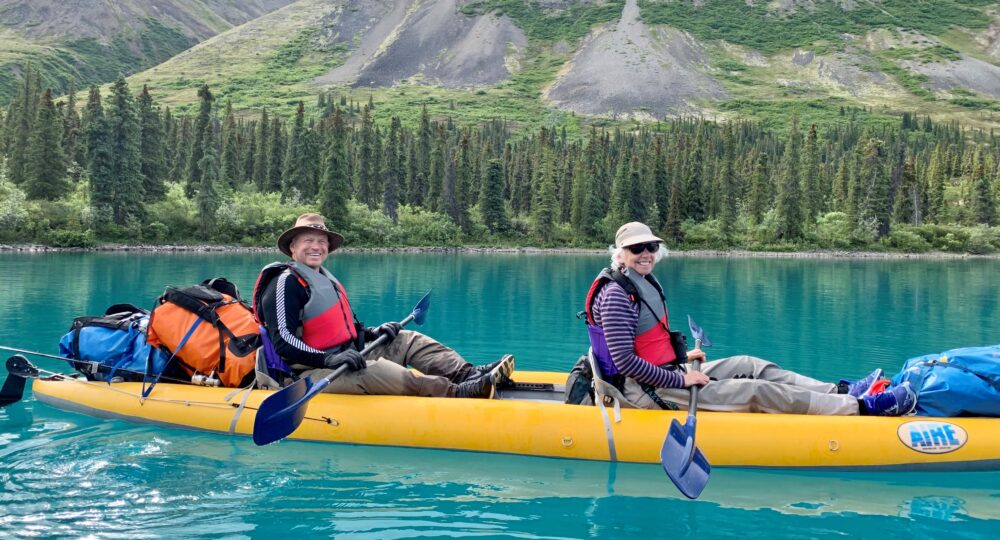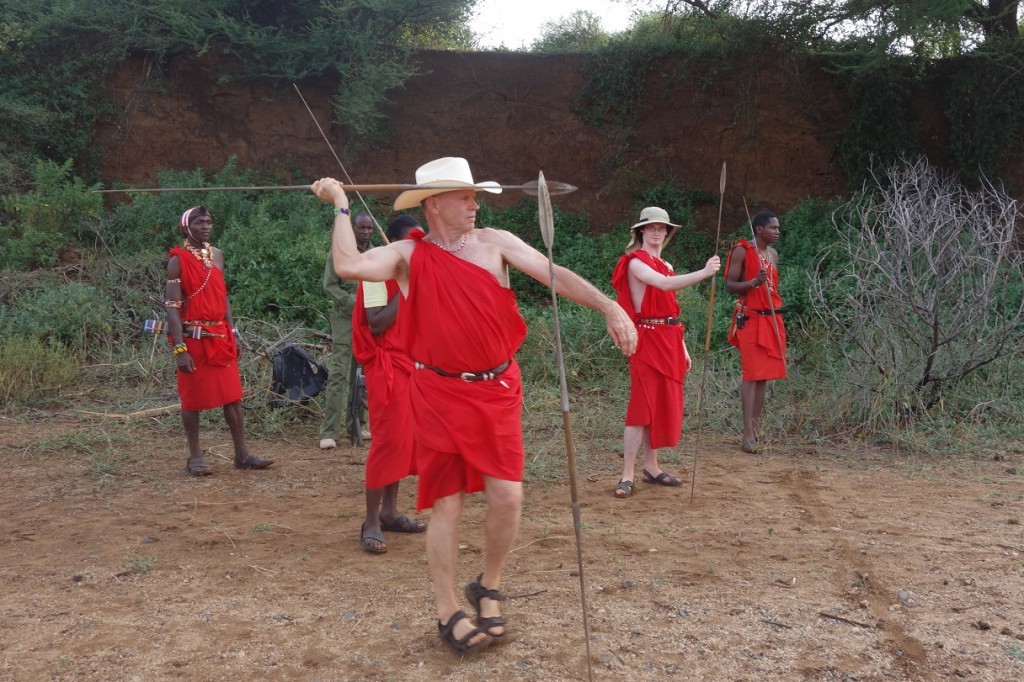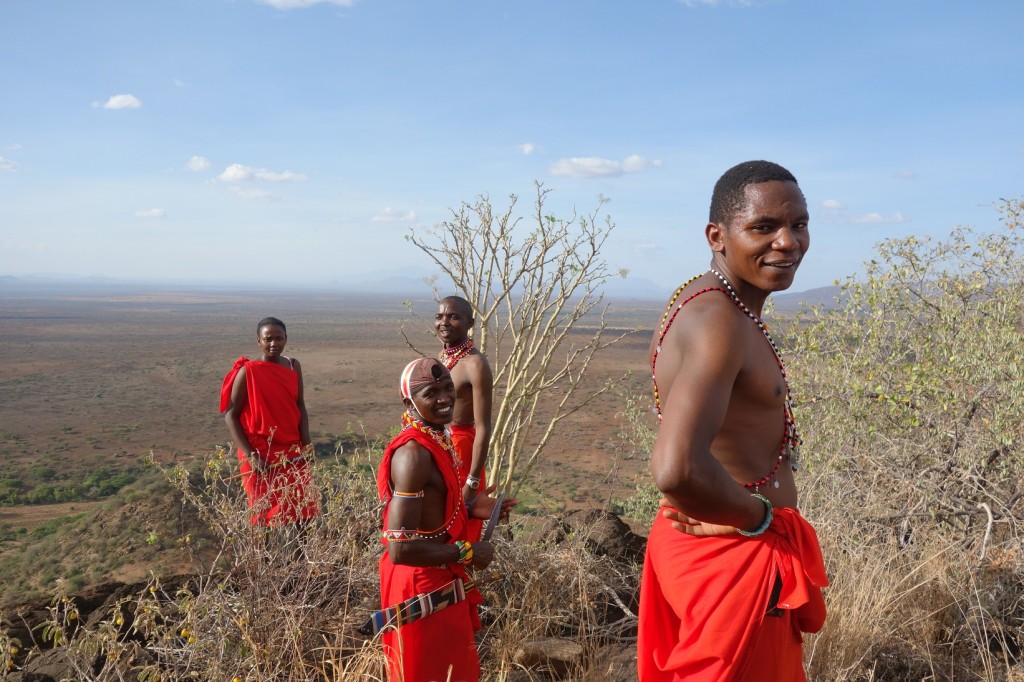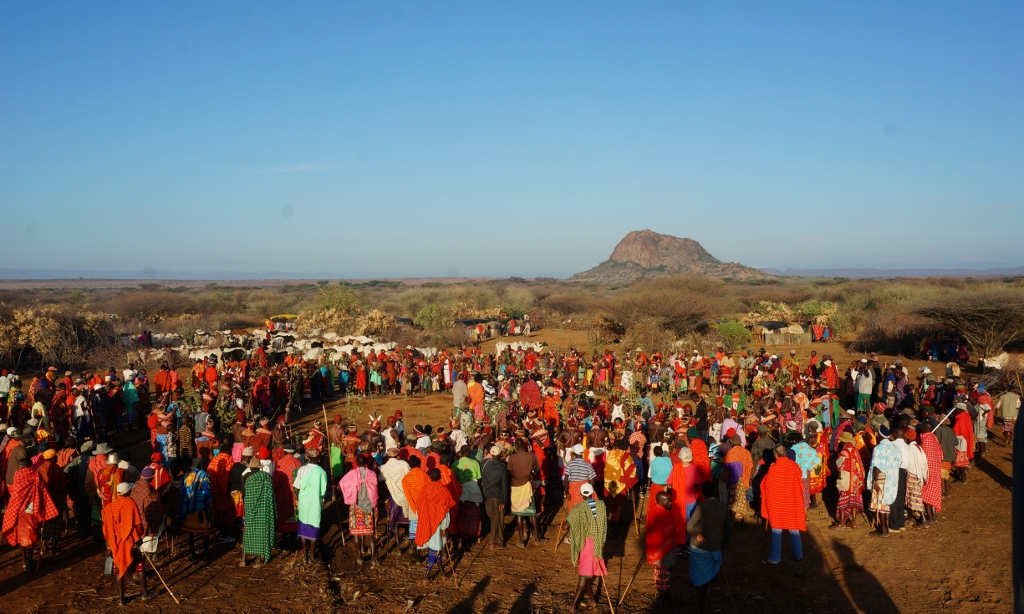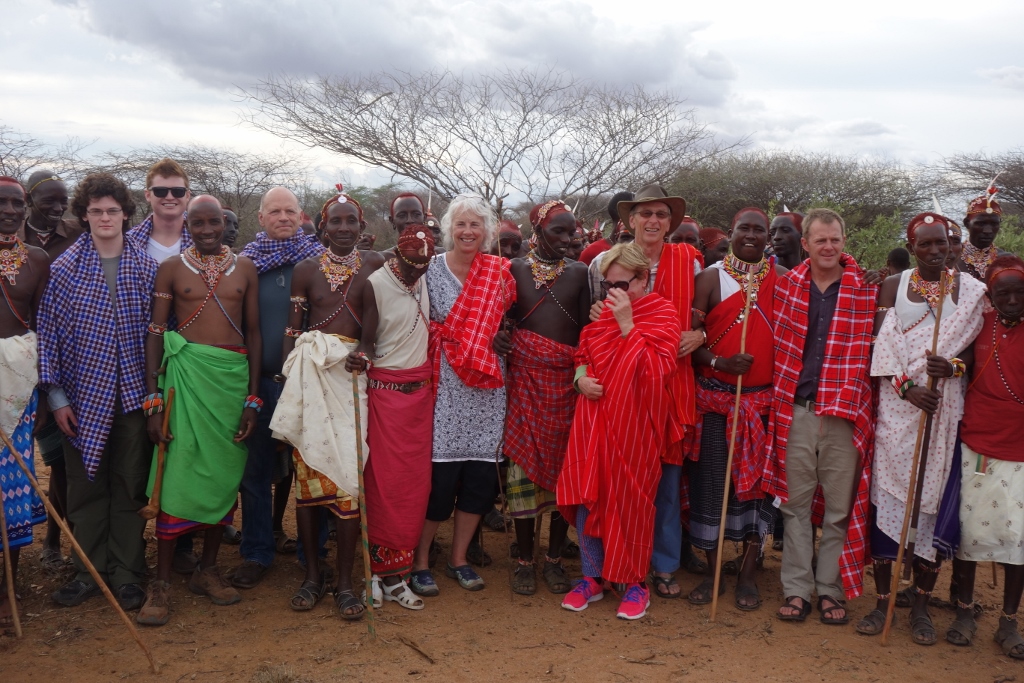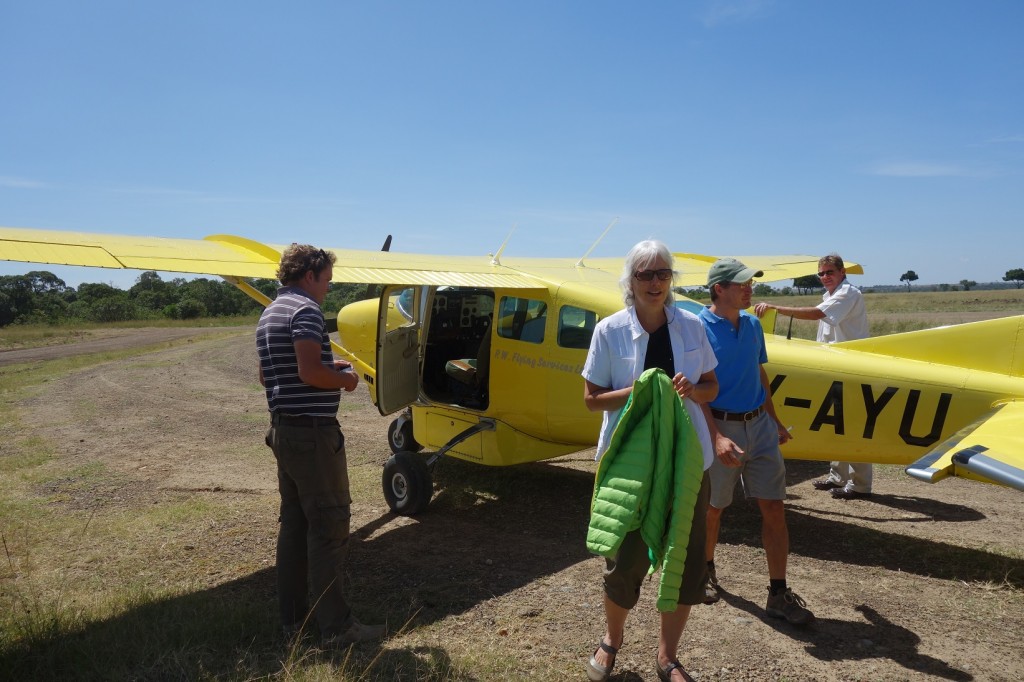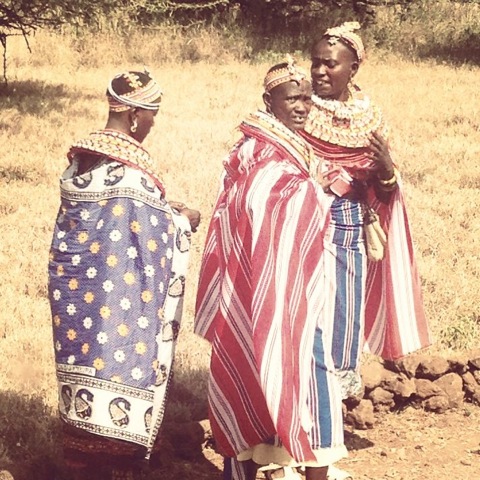Friday night Rehema asked me if I could drive her into Isiolo on Saturday morning to attend a funeral. This was her second one in a couple of months. I got to thinking about mortality both here and at home. In the USA the life expectancy is 79 years and most of us have infrequent experience with untimely death. Here in Kenya the life expectancy of someone born in 1990 was 59 years, it dropped to 52 years by 2001 due to HIV and has risen to 63 years for a Kenyan born now. But this doesn’t tell the whole story. In the seven months that we have been here untimely death seems to be a relatively frequent occurrence.
Our community is fairly small, I would guess that 2 to 3 degrees of separation would be around 10,000 people. In the seven months we’ve been here Rehema has had two friends pass on, the first was a 40 year old woman who died of aids and Friday’s was a 24 year old man who hung himself after being diagnosed with hiv. There have been 3-4 poachers shot. The mother of one Lewa employee and the aunt of another have had fatal car accidents. And a local herder was drunk and stumbled upon an elephant. In the course of fleeing, he literally bumped into a rhino and was killed. That makes nine untimely deaths in seven months. People have funerals, cry, and get on with life. It is not as if life is considered less valuable here. The sadness and tears are real. It just seems that some early deaths are expected. They are saddened but not shocked by them. For me, as an American, it is taking some getting used to.
Fear is not an issue for Anne and me and shouldn’t be to visitors. Since we are not poachers, don’t have unprotected sex with strangers, avoid getting drunk and wandering around elephants and rhinos, and drive conservatively our actual risk, here in Kenya, is little, if any, different than it would be in the US. It’s just that early death still comes as a surprise and shock when we hear about it.
